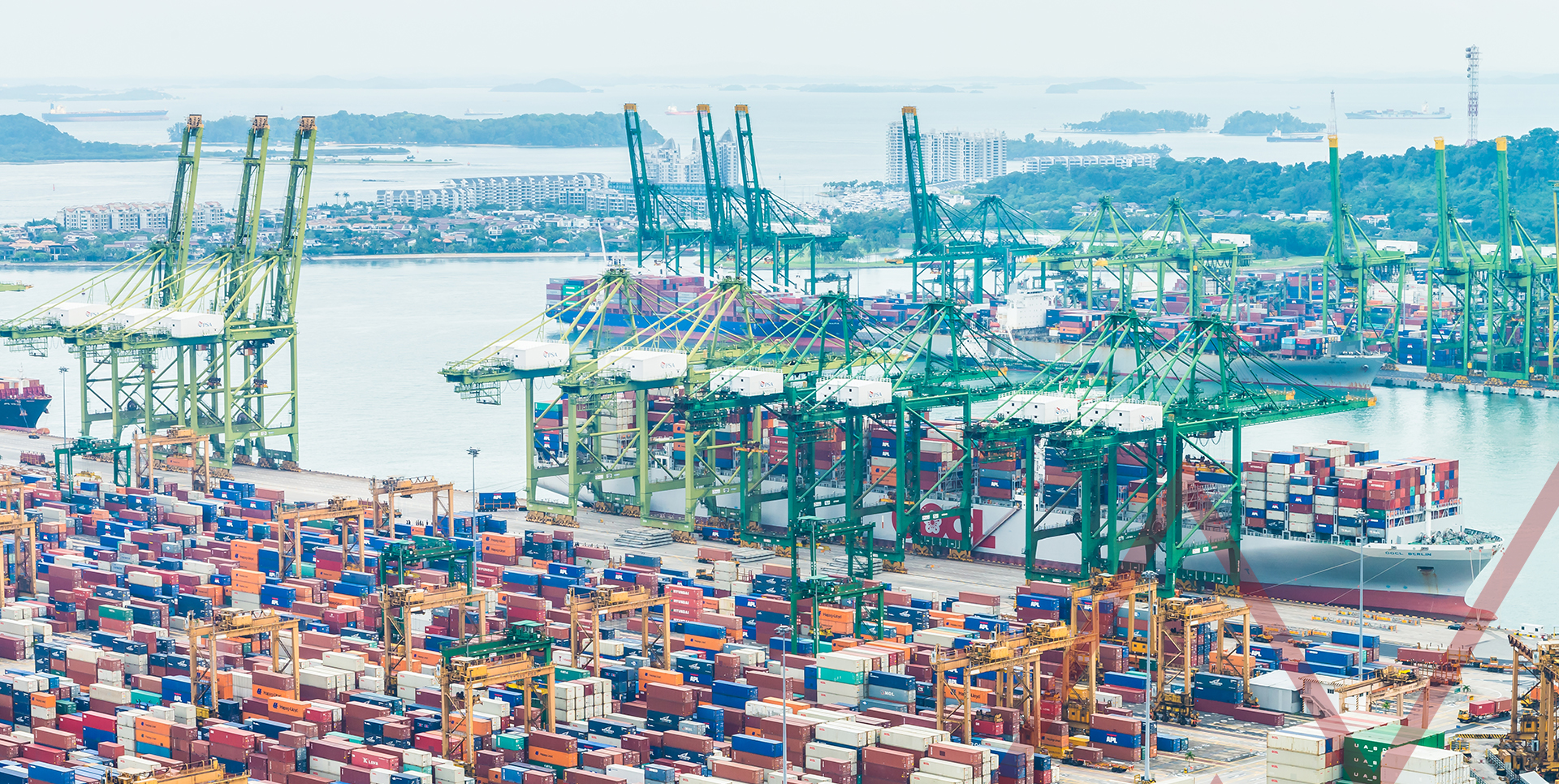Pakistan’s Brain Drain And Its Prospects

Pakistan has been grappling with a significant brain drain in recent years, with many skilled professionals leaving the country. This exodus is particularly pronounced among the middle class, encompassing doctors, engineers, accountants, and managers. Over the past three years, one million skilled workers have departed, creating a talent vacuum that severely challenges Pakistan’s economic stability.
The primary driver behind this brain drain is the deteriorating economic situation in Pakistan. Inflation has soared, reaching a record 38% in May 2024, the highest in Asia. Essential costs such as electricity have skyrocketed, often matching or exceeding monthly rent for many households. This surge in living expenses has outpaced salary growth, leaving middle-class families struggling to make ends meet.
Currency Devaluation and Rising Taxes
Pakistan’s currency devaluation has exacerbated the economic strain. The Pakistani rupee has lost nearly half its value in recent years, making imported goods prohibitively expensive. Additionally, the government has introduced a luxury tax on various items, further burdening the middle class. This tax applies to goods ranging from chocolates to cosmetics, labeling them as luxury items and inflating their prices.
To meet conditions set by the International Monetary Fund (IMF) for financial assistance, Pakistan has significantly raised its tax revenue targets. This has led to higher taxes for the middle class, who are now shouldering a disproportionate share of the country’s financial burden.
The Impact on Skilled Professionals
The economic pressures have forced many skilled professionals to seek opportunities abroad. In 2023 alone, the number of doctors, engineers, accountants, and managers leaving Pakistan doubled to 60,000. These individuals are seeking better living conditions, higher salaries, and more stable economic environments in countries like the United States, Canada, and the Middle East.
Case Study: Asad Ejaz Butt
Asad Ejaz Butt, an economist pursuing a PhD in the United States, exemplifies the challenges faced by Pakistan’s middle class. After returning to Pakistan in 2015 to work in a prestigious government position, Asad struggled with rising living costs and stagnant wages. Despite holding multiple jobs, he found it increasingly difficult to support his family, ultimately deciding to pursue further education and opportunities abroad.
The brain drain is not just an economic issue; it also affects the country’s ability to recover from its financial crises. With many of its best and brightest leaving, Pakistan faces a talent shortage that could hinder its long-term growth and development. The departure of skilled professionals weakens industries such as healthcare, technology, and finance, making it harder for the country to compete globally.
Government Response and Challenges
The Pakistani government acknowledges the issue but faces a delicate balancing act. While there is a need to increase tax revenues, the high tax burden is driving away the very professionals needed to stabilize the economy. State Minister for Finance and Revenue Ali Pervaiz Malik has indicated that relief for the middle class is a priority, but economic realities make immediate solutions challenging.
Pakistan’s middle-class brain drain is a multifaceted problem driven by economic hardship, high taxes, and diminishing hope for a stable future. While the government is aware of the issues, finding a path forward requires addressing the root causes of economic instability. Until then, the exodus of skilled professionals is likely to continue, further straining the country’s fragile economy.









